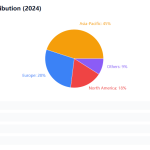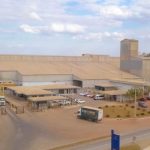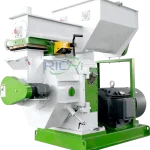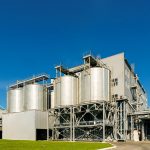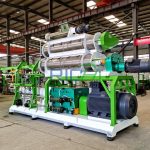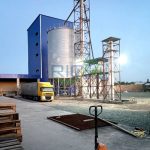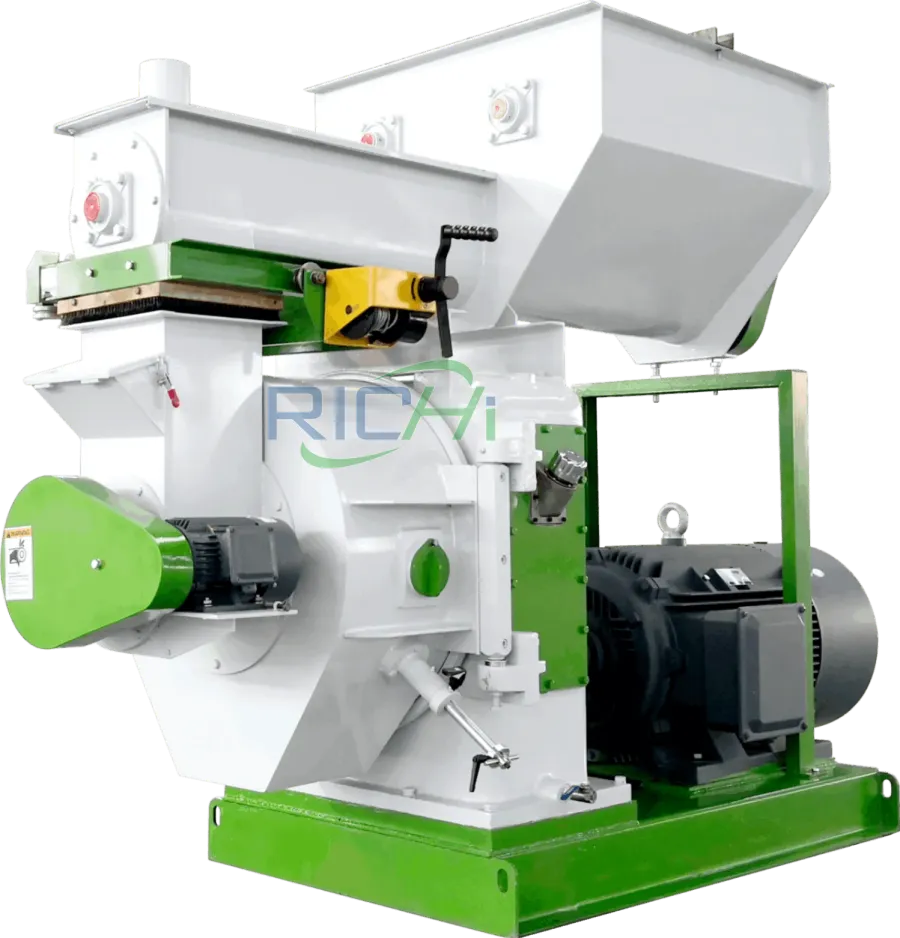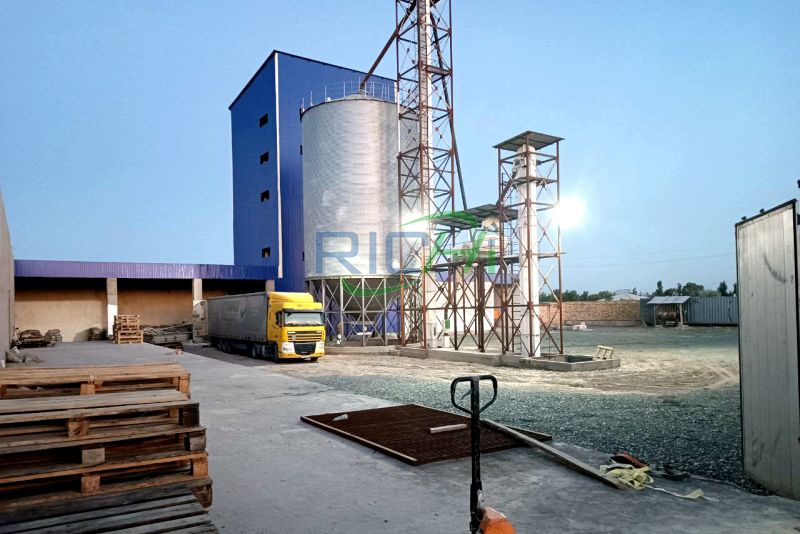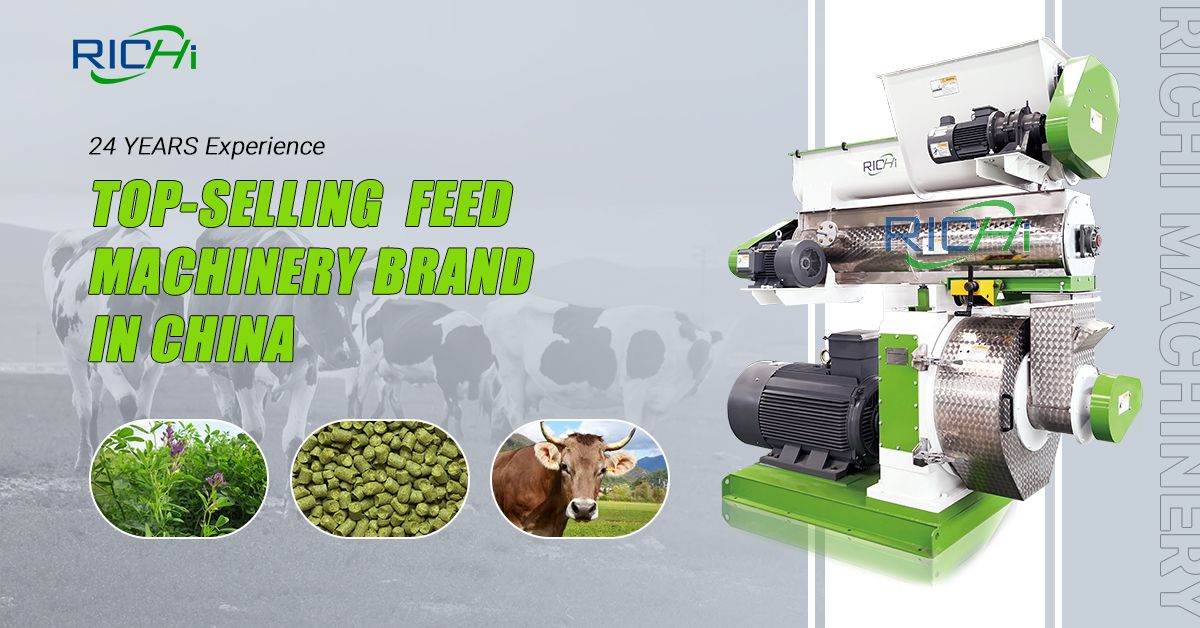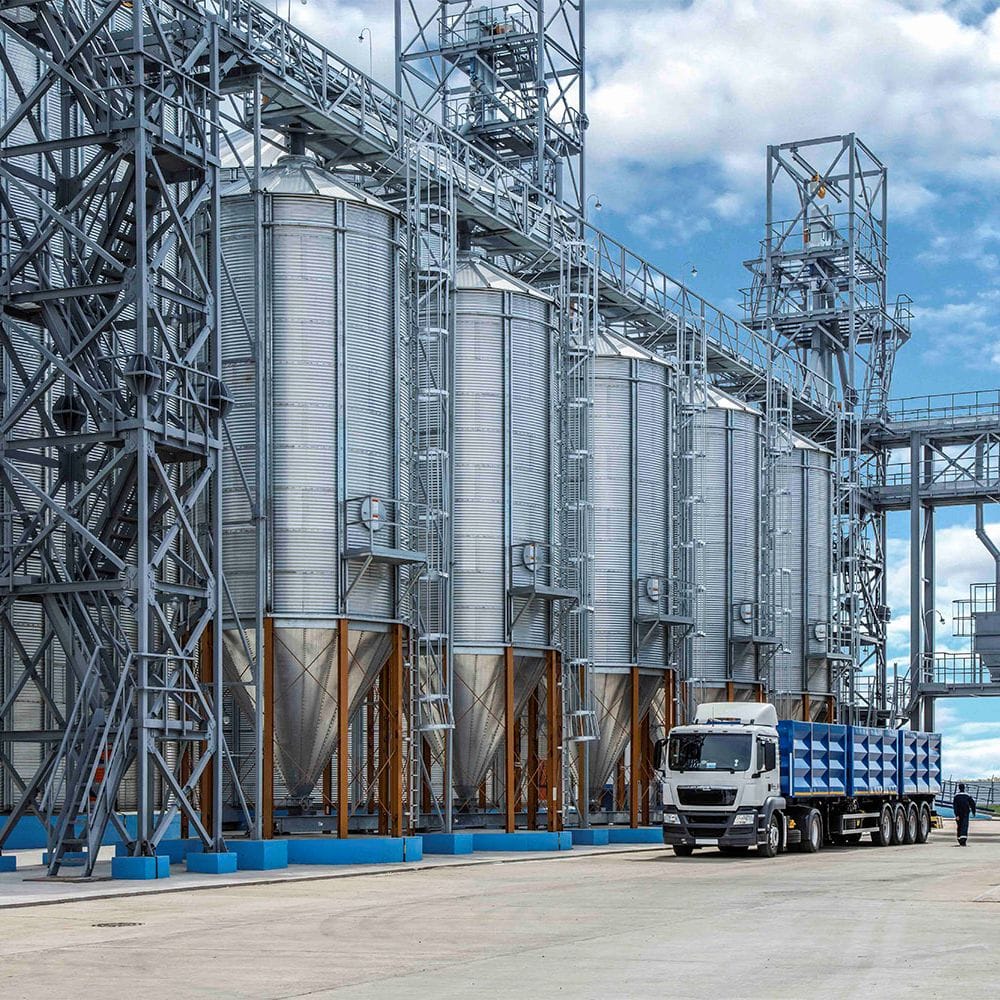Introduction
Chicken manure, rich in nitrogen, phosphorus, potassium, and organic matter, is one of the most valuable organic resources in agriculture. However, due to its high moisture, pathogens, and unpleasant odor, it cannot be applied directly to the soil. A scientifically designed chicken manure pellet organic fertilizer production line transforms raw poultry waste into safe, stable, easy-to-store, and nutrient-rich fertilizer pellets.
This article provides a comprehensive guide to setting up a chicken manure-based pellet organic fertilizer production line, detailing the process flow, equipment selection, benefits, challenges, and cost analysis.

1. Why Choose Chicken Manure for Organic Fertilizer Production?
Nutrient Content of Fresh Chicken Manure (per ton):
- Nitrogen (N): 16–20 kg
- Phosphorus (P₂O₅): 13–15 kg
- Potassium (K₂O): 8–10 kg
- Organic Matter: 55–70%
Advantages:
- Abundant and renewable
- High nitrogen content promotes plant growth
- Suitable for various crops
- Reduces environmental pollution when treated properly
- Enhances soil structure and microbial activity
2. Key Challenges in Using Raw Chicken Manure
- High moisture (up to 75%) makes it unsuitable for direct pelletizing
- Contains pathogens and parasites
- Emits strong ammonia odor
- Risk of nitrogen loss and nutrient imbalance
- Needs treatment to prevent contamination of groundwater and air
Hence, proper composting and granulation are essential steps. (Related post: Chicken Manure Pellet Machine)
3. Overview of the Chicken Manure Pellet Fertilizer Production Line
The full production line includes:
- Composting/Fermentation
- Crushing
- Mixing
- Pelletizing
- Drying
- Cooling
- Screening
- Coating (optional)
- Packing
This process converts raw chicken manure into uniform, dry, pathogen-free fertilizer pellets.
4. Process Description and Equipment Configuration
Step 1: Composting System
Purpose: Reduce moisture, eliminate pathogens, stabilize nutrients.
Options:
- Windrow composting (outdoor, low-cost)
- Groove composting (semi-automated)
- In-vessel composting (compact, faster)
Composting Duration: 15–20 days
Key Parameters:
- Moisture: adjust to 50–60% with dry materials (e.g., straw)
- C/N ratio: 25–30:1
- Temperature: 55–65°C
Recommended Equipment:
- Groove Type Compost Turner: For efficient turning in channels
- Crawler Compost Turner: For outdoor windrow piles
Step 2: Crushing System
After composting, lumps remain in the material. These must be crushed to create a uniform particle size before mixing.
Equipment:
- Semi-Wet Material Crusher
- Handles high-moisture content
- Output size: <5 mm
- Capacity: 1–8 T/h
Step 3: Mixing System
Additives (humic acid, bentonite, zeolite, microbial agents) are mixed to optimize nutrition and pellet binding. (Related post: organic fertilizer production project )
Equipment:
- Horizontal Mixer
- Efficient and uniform blending
- Suitable for batch or continuous mixing
Step 4: Granulation (Pelletizing)
Key stage in forming uniform fertilizer pellets.
Preferred Granulator:
- New Type Organic Fertilizer Granulator
- High granulation rate (80–95%)
- Suitable for chicken manure
- Moisture content before granulating: 25–30%
Pellet Size: 3–6 mm (adjustable)
Alternative options:
- Pan Granulator (lower cost, slightly lower output)
- Flat Die Pellet Mill (for cylindrical pellets)
Step 5: Drying System
Removes moisture to improve storage stability.
Target Moisture: 10–15%
Equipment:
- Rotary Drum Dryer
- Heated by biomass, gas, or oil burner
- Air temperature: 300–500°C at inlet
- Length: 8–12 m depending on capacity
Step 6: Cooling System
Removes heat from hot pellets to prevent caking.
Equipment:
- Rotary Cooler
- Matches dryer capacity
- Ambient air used for cooling
Step 7: Screening System
Separates oversized and undersized pellets for reprocessing.
Equipment:
- Rotary Screener
- 3–6 mm sieve
- Recycles non-standard particles
Step 8: Coating System (Optional)
Adds anti-caking agents or functional layers (e.g., slow-release).
Equipment:
- Rotary Coating Machine
Step 9: Packing System
Final product is packed for sale.
Equipment:
- Automatic Weighing and Bagging Machine
- 20–50 kg/bag
- Sealing and sewing integration
5. Plant Layout and Space Requirement
Recommended Land Area: 3,000–6,000 square meters
Functional Zones:
- Raw material reception
- Compost yard
- Pellet production line
- Storage area
- Utilities and office
Material Flow: Raw → Compost → Crush/Mix → Pellet → Dry → Screen → Pack
6. Environmental and Safety Considerations
Odor Control:
- Biofilters
- Compost covers
- Wind barriers
Dust Control:
- Cyclone dust collectors at dryer/crusher
- Baghouse filters
Wastewater Management:
- Leachate reuse in composting
- Paving compost yard to prevent groundwater contamination
Safety:
- Proper PPE for workers
- Fire prevention in drying area
- Automated temperature monitoring in compost
7. Benefits of Pellet Chicken Manure Fertilizer
- High Efficiency: Nutrient-rich, slow-release effect
- Storage Friendly: Low moisture, non-caking, longer shelf life
- Convenient Transport: Easy to bag, ship, and spread
- Environmentally Safe: Pathogen-free, odorless
- Marketable: Appealing appearance for retail and export
8. Capacity and Output Examples
| Plant Capacity (TPD) | Annual Output (TPA) | Recommended Shift | Equipment Investment |
|---|---|---|---|
| 3–5 tons/day | ~1,000–1,500 tons | Single | $80,000–$120,000 |
| 8–10 tons/day | ~3,000 tons | Single | $120,000–$180,000 |
| 15–20 tons/day | ~6,000–8,000 tons | One or Two | $200,000–$280,000 |
9. Cost and Investment Analysis
| Item | Estimated Cost (USD) |
|---|---|
| Equipment | $120,000–$250,000 |
| Civil Construction | $30,000–$80,000 |
| Installation & Training | $10,000–$30,000 |
| Environmental Facilities | $10,000–$20,000 |
| Working Capital | $20,000–$50,000 |
| Total Investment | $200,000–$400,000 |
Payback Period: 1.5–3 years, depending on product pricing and raw material cost.
10. Marketing and Certification
Sales Channels:
- Direct to farms and cooperatives
- Garden supply retailers
- Agro-dealers and distributors
- Export markets
Certification:
- Organic Input Certification (USDA, EU, etc.)
- ISO/CE for machinery
- Product testing reports
Value-Added Options:
- Custom nutrient blends
- Enriched with beneficial microbes
- Branded retail packaging
Conclusion
Chicken manure can be transformed from an environmental burden into a high-value organic fertilizer through a well-designed pellet production line. The key lies in effective composting, precision granulation, drying, and quality control. With proper investment and strategic planning, a chicken manure pellet organic fertilizer plant can generate solid returns while contributing to sustainable agriculture and environmental protection.
